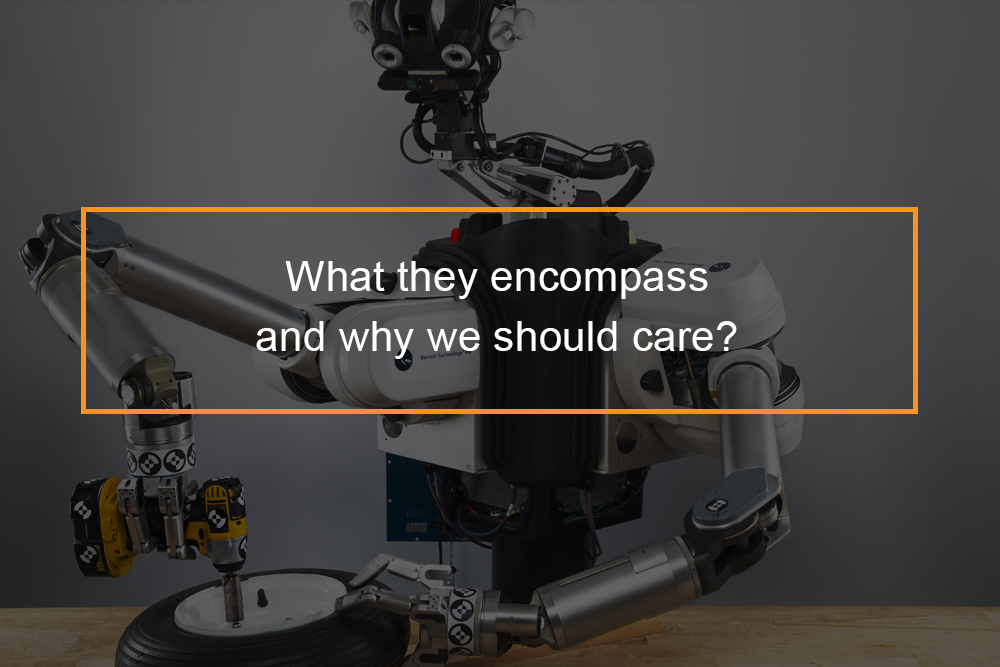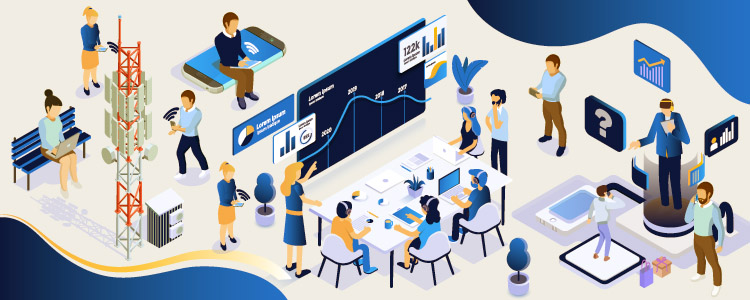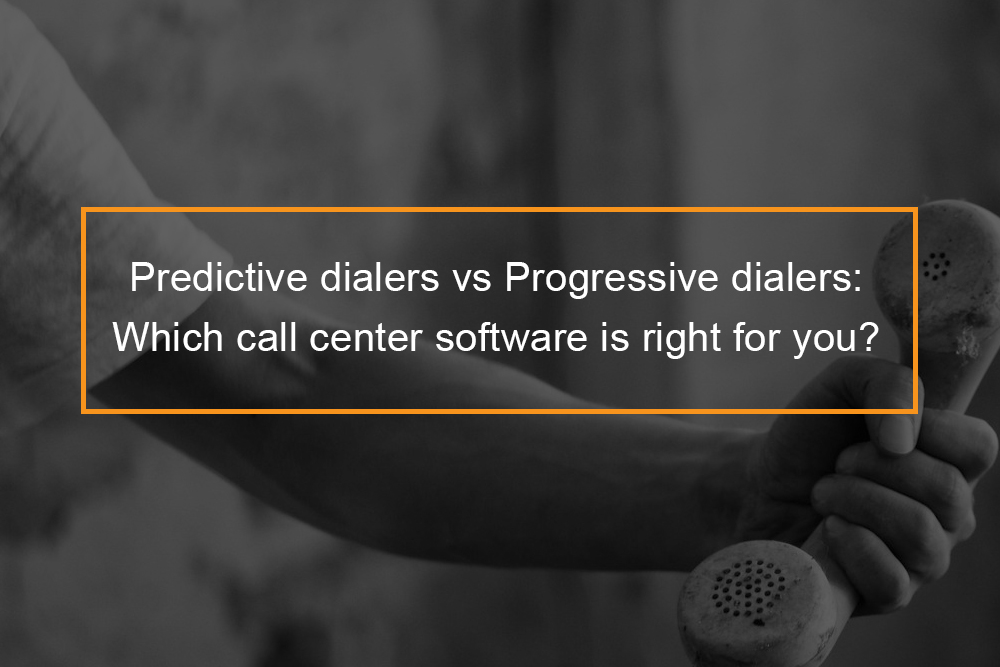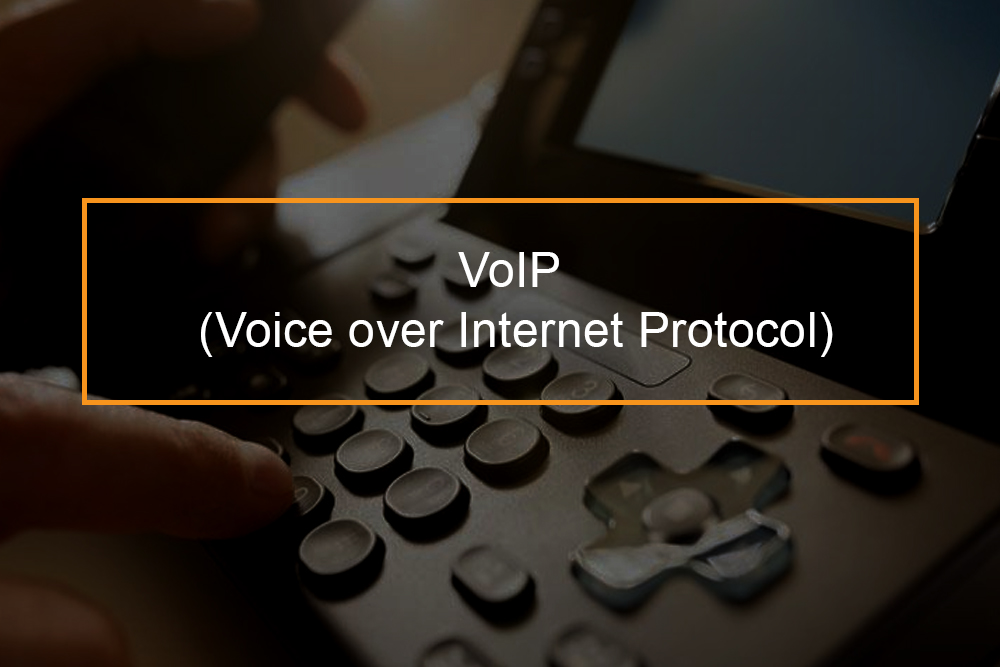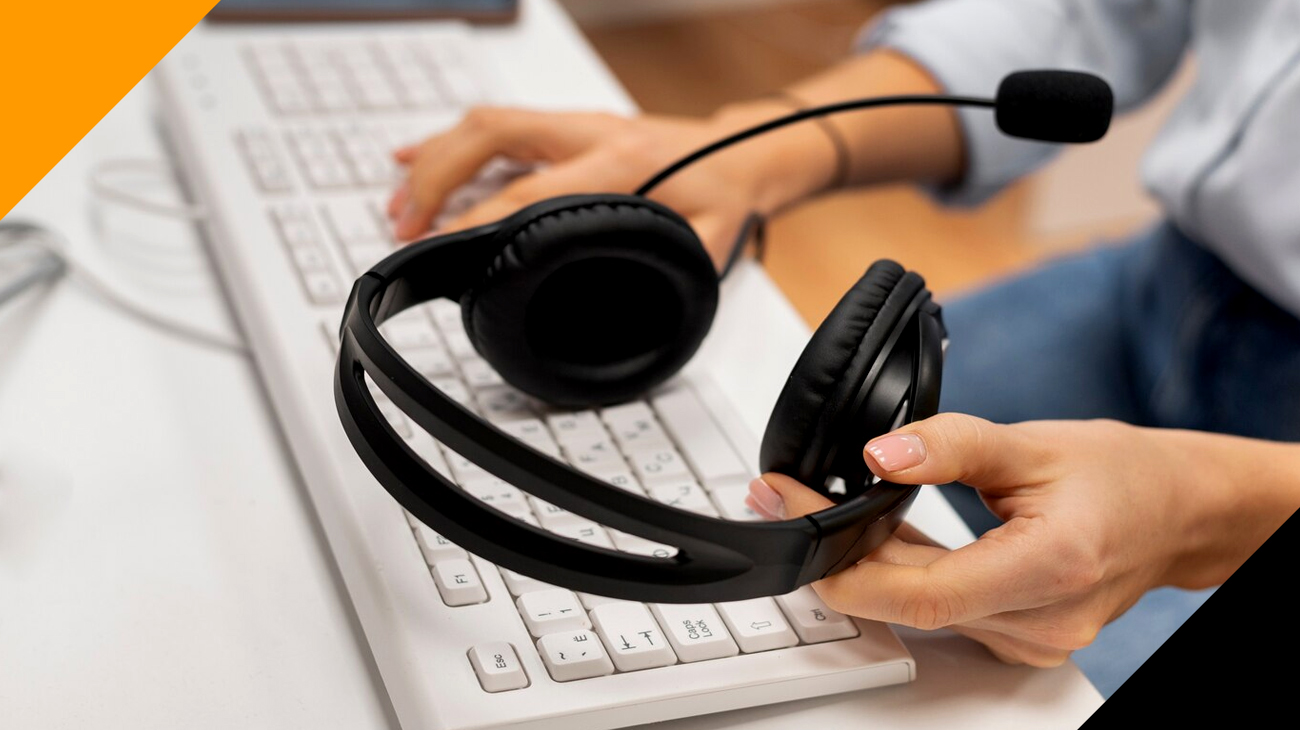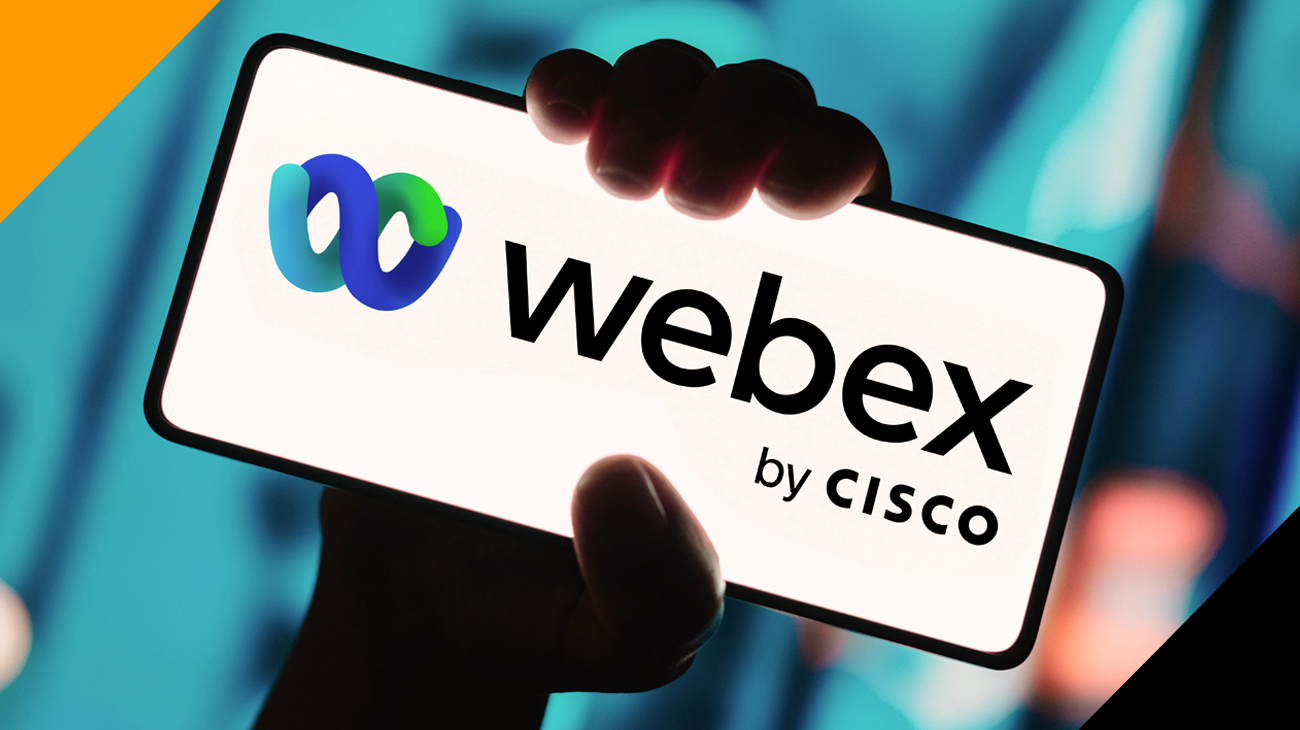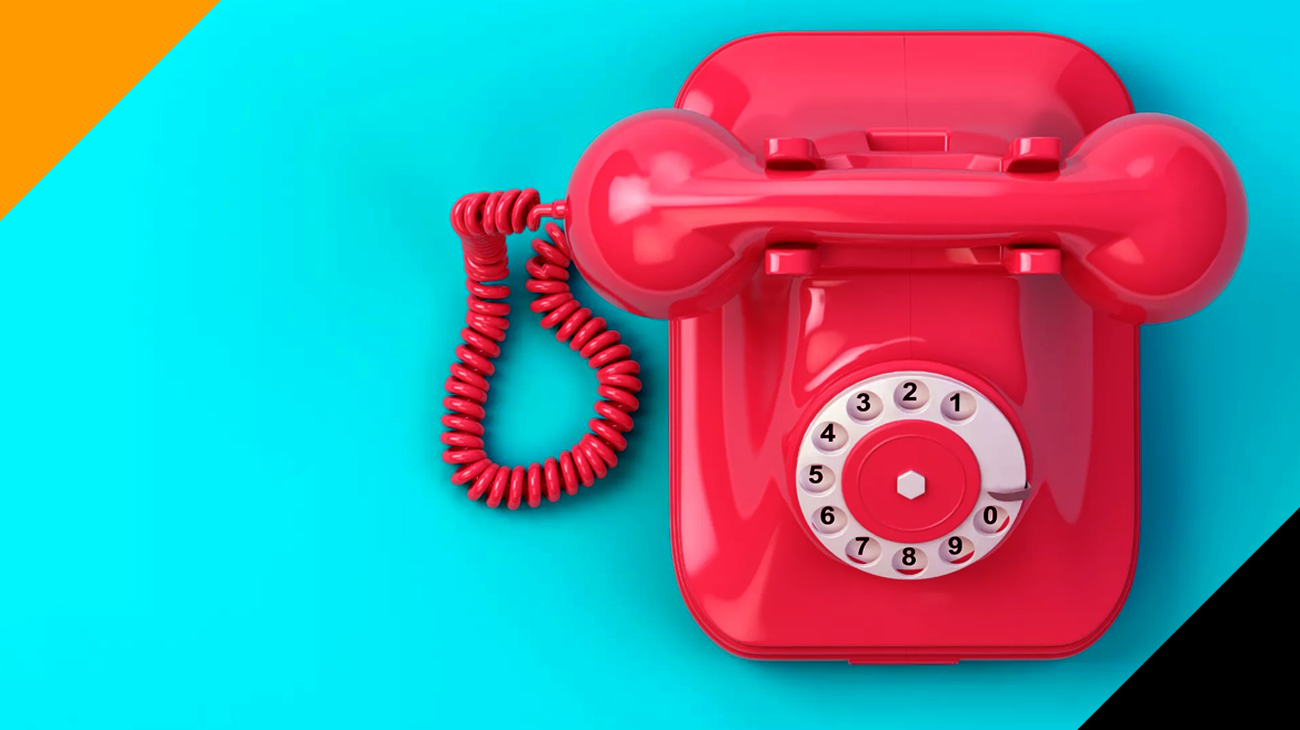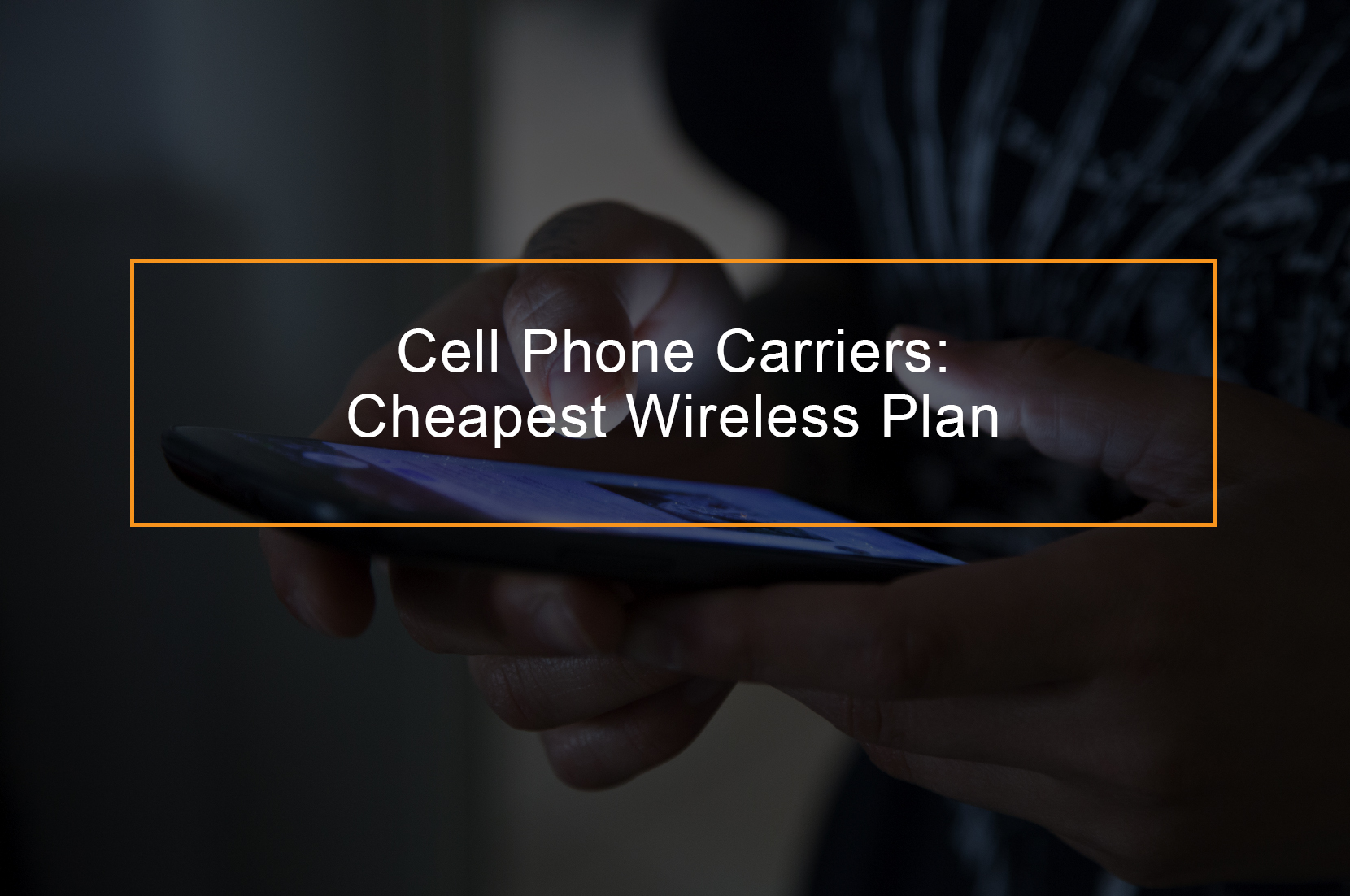What do toll-free numbers mean for your business?
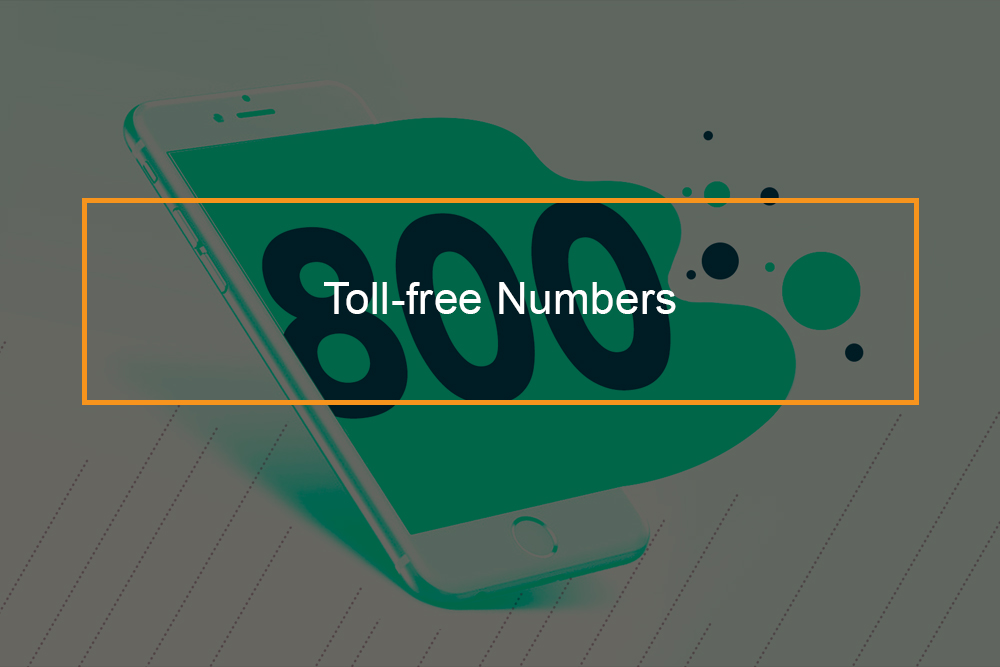 A toll-free number is a telephone number that is billed for all arriving calls rather than incurring charges to the originating telephone subscriber. A toll-free number is also known as freephone number.
A toll-free number is a telephone number that is billed for all arriving calls rather than incurring charges to the originating telephone subscriber. A toll-free number is also known as freephone number.
Toll-free numbers are telephone numbers with definite three-digit codes that can be dialed from a landline with no charge to the person who is placing the call. Toll-free numbers enable callers to reach businesses and individuals out of the area without being charged for long-distance free for the call.
Toll-free numbers are especially common for customer service calling. Toll-free service has traditionally provided potential clients and others with a free and convenient way to contact a business. However, wireless callers will be charged for airtime minutes used during a toll-free call, not unless they have an unlimited calling program.
Clients can also send text messages to toll-free numbers, as long as those numbers are text-enabled, and businesses can send texts in response. Despite the industry your company operates in, each business requires a way for their customers to contact them. When you start a small business, you frequently get away with using your local office line, but as you grow, and add divisions, and expand your customer base, the front desk phone might not be sufficient to manage your needs.
This is when you get a toll free number. This guide explains how to get going with toll-free numbers.
What does a toll-free number mean?
What is a toll-free number?
A toll-free number can be defined as a phone number that begins with toll-free code (888, 800, 877, 866, 833, 844 or 866) and allows the person who is calling to call for free. Even though 833, 844, 866, 877, 888, and 800 are toll-free codes, they are not interchangeable. Calling a number using 1-800 prefix would reach a different recipient than dialing that number using 1-888 prefix. Calls to any toll-free number are routed to a specific local telephone number.
The business or the individual that owns the number is billed for both incoming and outgoing calls. Thus anyone can call a toll free number from a landline without being charged.
Are toll-free numbers free?
Are toll-free numbers free to call from anywhere?
Yes, toll-free numbers are free to call since the business owner pays for the cost of the call. However, since international calls are expensive, most toll-free owners block access from international callers. These companies will provide you with a number to call instead. In circumstances where international calls are not blocked, you, as the caller will be charged for the call.
Note that toll-free numbers are country-specific; thus, every country has its own set of coverage, accessibility rules, and restrictions associated with toll-free numbers. Every country has its own dialing format for toll-free numbers, too. Hence, most toll-free numbers are only dialed for free within their country. In case you are dialing a USA toll-free number in the United States, it is free to call. However, remember you might not be able to dial a United States toll-free number from abroad.
The exception to the above is international toll-free freephone numbers. These are toll-free numbers with an extra additional country code and are free to call from countries that have implemented the freephone system. For instance, to dial internationally from the United States, you would dial 011 800 XXX-XXXX.
How does toll-free number work?
How toll-free numbers work?
The concept behind the toll-free number is that anyone calling the company has, in all possibility either already spent more money with the business, or is looking for information to place a new order possibly. Not being charged for the phone call is a way of thanking the customers.
Toll-free numbers come in seven diverse kinds 1-800,1-855, 1-888,1-844 1-877, 1-866 and the newest, 1-833. These codes are no different from each other, other than by appearance, and neither one costs any more than the others to operate. One business draws an appropriate comparison between phone number formats and website domain names, 800 is basically.com, 888 is .net, and 866 and 877 are like .info,.biz, or country codes. They all technically work the same.
This is a perfect way of thinking about toll-free numbers as you decide which one is suitable for your business needs. Some incredibly successful businesses have built entire brand names around 1-800 phone number, for example, 1-800-ULOCOSEIT, 1-800-CONTACTS, and 1-800-FLOWERS. So what happens when you dial the number and being connected to the business?
After you dial the number, the Sevice Switch Point (SSP) in the telephone number recognizes it as toll free because of its 800 prefixes, prompting it to query the Service Control Point (SCP)that has the routing guidelines the toll free subscriber requested. For example, if you called 1-800-ULOCOSEIT to speak to an agent in Virginia Beach, the instructions are to route all calls to the Virginia Beach office and charge that number for the call.
How are toll-free numbers assigned?
Toll-free numbers are assigned on a first come – first served by facilities known as responsible organizations or RespOrgs. Most of these facilities also offer a toll-free service. RespOrgs has access to a toll-free database that has information concerning the status of all toll-free numbers.
The FCC configures the rules for getting and using toll-free numbers. The FCC requires that toll-free numbers are portable, indicating that subscriber can port or move their number to a new RespOrg when modifying service providers.
To get a toll free number, you just have to select a provider, choose your toll free number, buy it, and have it ported to your current local number. It is easier to get this number toll free number or vanity number with Grasshopper.
After you get a toll free number, the hope is to decrease the amount of time required to service a client so as not to rack up an exorbitantly high phone bill. Frequently, businesses will configure automated phone systems to measure customer’s reasons for calling and route them to the right equipment. These systems are called Private Branch Exchange (PBX) systems.
Unfortunately, toll-free numbers do not come with office phones, PBX systems, or any other accessories essential to make the most of your phone number. In order to recognize what you require to purchase besides your new number, you should do a full evaluation of your business and decide which divisions will route to and how many phones you will need.
How to call a toll free number?
Toll-free numbers are dialed the same way you dial other phone numbers. Just make sure you dial ‘1’ then follow with the right toll-free prefix, i.e., 888, 877, 866, 855, 844, 8333 or 800. Do not dial the numbers interchangeably. That is if you dial 1(800)123-4567 you will not route your call to the same place as 1(800)123-4567.
Remember that the owner of the number pays toll-free calls. However, you might be charged for a toll-free call from your mobile phone unless you have unlimited minutes in your plan.
Why do toll-free numbers start with 1800?
Why do most toll-free numbers start with 1800?
Most toll-free numbers begin with the series 1-800 since 800, is the original toll-free prefix. Companies have been using 800 prefixes for their toll numbers for more than forty years.
In 1996, as the supply of 800 numbers became exhausted, new prefixes were introduced.Today, population growth and amplified demand have prompted new toll-free prefixes, including 888, 877, 866 and — most recently — 855. The original 1-800 number, however, is the oldest and most coveted number, and the number most closely associated with toll-free calling.

